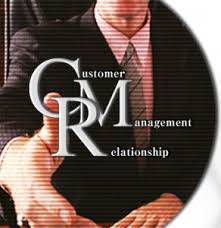The promise of CRM systems is that when sales organizations implement them, revenue  will increase, right? My own experience as a corporate sales manager when CRM systems were first being rolled out told me that nothing could be farther from the truth. But by now, you might be thinking that things have changed. Well, not so much.
will increase, right? My own experience as a corporate sales manager when CRM systems were first being rolled out told me that nothing could be farther from the truth. But by now, you might be thinking that things have changed. Well, not so much.
I just finished reading a white paper from CSO Insights and as a part of their 2012 Sales Performance Optimization report they asked companies to share the top three benefits that they’ve experienced as a result of making the investment in a CRM system. Out of a list of ten benefits (I didn’t count “other”), guess what…
- Increasing revenues shows up #7 on the list
- Improved win rates is #8
- Shortened sales cycles rolls in at #10
Given that sales executives we talk to tell us that their top three priorities are:
- Increasing revenue
- Improving win rates
- Shortening the length of time it takes to close a deal
Uh….
It seems there is a pretty big disconnect. While the top three benefits cited: improved rep/manager communication, improved forecast accuracy and reduced administrative burden on salespeople are all important, clearly CRM systems don’t close deals.
The whitepaper goes on to talk about the importance of sales learning to leverage social media, especially tools like LinkedIn and Twitter, but we find it surprising at how many sales leaders and their salespeople still resist.
In early May, I responded to the question, “What will it take to make social media a serious business tool?” on Focus.com. In my post, I shared eight reasons why adoption is slower than it should be.
Technology is merely an enabler and as the CSO Insights study has shown that CRM systems may improve internal efficiencies, but they don’t do much in terms of driving revenue. Isn’t it time to look to another approach?
